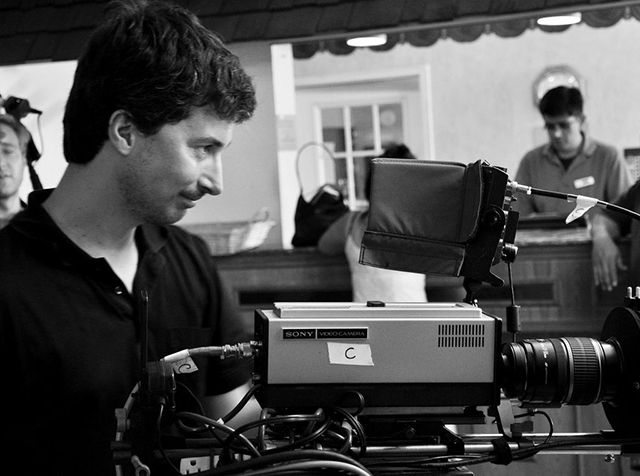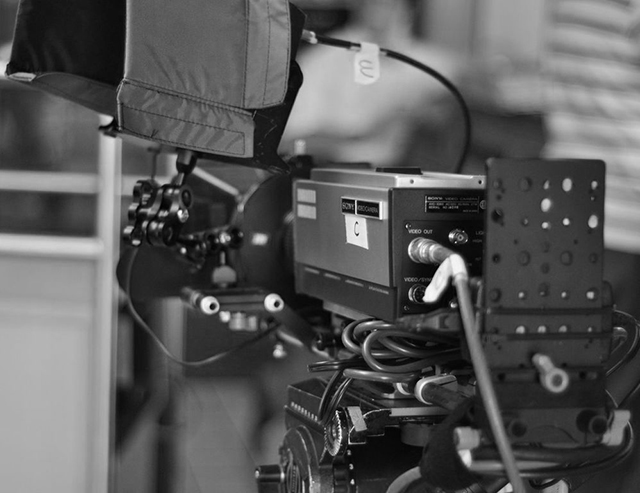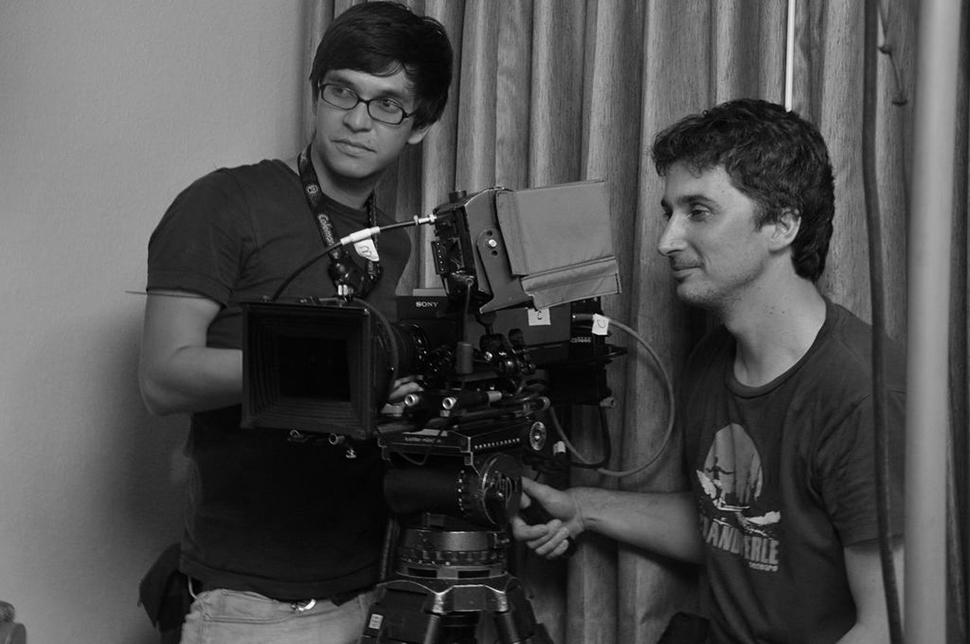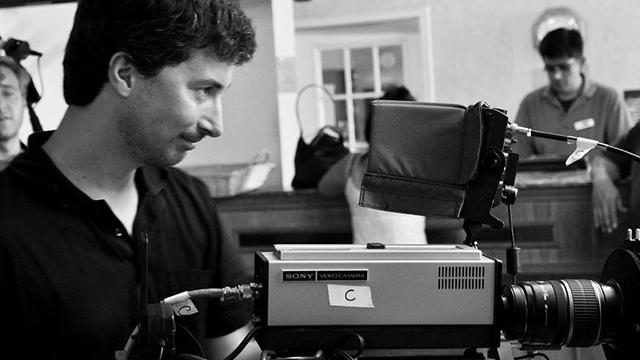Andrew Bujalski’s latest film, Computer Chess, is a black-and-white dive into a the world of programming and specifically the quest to teach a computer to play chess better than a human. Throughout Computer Chess, you get to see some classic computing artefacts from the late ’70s and early ’80s like the PDP 11.
Besides resurrecting these relics on-screen, Bujalski and his cinematographer Matthias Grunsky dug out another to actually shoot the film: the Sony AVC 3260, a tube video camera originally released in 1968. Here’s a lovely piece by Grunsky about the challenges and triumphs of using the classic piece of kit.

Although I have shot movies for Andrew in the boxy 1.33:1 aspect ratio or on grainy 16mm black and white negative before, “Computer Chess” is our most extreme technical experiment so far.
When we were working on “Mutual Appreciation” in New York in 2003 I remember talking with Andrew about different film and video formats. I joked about using an old video camera and recording on VHS tape in long play mode could be an interesting look for a movie. But before I had finished that sentence I realised that I could have nourished an idea in Andrew’s mind. Eight years later we shot our fourth movie together, “Computer Chess”, and we used a black and white tube camera, made in the early seventies.
Andrew has told me about William Egglestone’s video project “Stranded in Canton”, which the photographer shot in the seventies with black and white and infrared sensitive video cameras. Andrew was fascinated of the quality of that footage and wanted to achieve a similar look for “Computer Chess”, which is set at a computer chess competition around 1980. These cameras would probably have been used for the coverage of an event like this.
It has been very difficult to find working black and white tube cameras in the year 2011 but we managed to acquire three Sony AVC 3260 cameras, which were the best option within that sort for giving us a more or less stable signal to record. The Sony AVC 3260 camera’s heart is a 2/3 inch black and white Vidicon video tube.

Shortly after shooting tests with the Arri Alexa for another project I got one of the tube cameras sent to Los Angeles a couple of months before the shoot for first tests. It came in its original case with all the original accessories and it was like travelling back in time. When I first turned the camera on I felt excitement and fear at the same time. I was excited as an adventurer on a quest with this piece of machinery from another time with all its technical limitations and artefacts, which felt exactly right for what we were trying to do. And on the other hand I was worried as a cinematographer who is responsible for the image produced on this unstable camera, which was not built for shooting features in the first place, has its own life, but on whose performance we had to rely on 12 hours every day.
My father, who has inspired me to become a cinematographer when I was a child, was one of the pioneers of Austrian television. He started as a cameraman on those huge TV cameras back in the fifties. These cameras had a similar look as the one we have on “Computer Chess” and I really felt I am stepping into my dad’s shoes here.
The artefacts of these old tube cameras are manifold and we embraced them all. Because of the tube’s nature, bright parts of the image, especially highlights, burn into the tube, meaning that when the framing changes, the shapes of these bright objects stay as shadows on the screen, sometimes making objects and people look transparent. Highlights leave a trail behind them when they move through the shot. The camera can’t handle much contrast and in extreme situations, like shooting against a light source, interesting electronic patterns like wandering black waves appear. These tubes also have a very specific soft character, which would not be easy to recreate in post. The cameras had electronic issues and sometimes would generate electronic noise when touching the camera body or the lens. All these artefacts combined add a transcendental character to the image and help express the sometimes unexplainable things that happen between man and computer in our story.

Of course there was also a back side to all of this, risks that we had to keep minimal and technical problems we had to solve. There are not many spare parts for these cameras left but we got some replacement tubes for emergencies and had an electric engineer on standby. He also modified our cameras. Fortunately repairs did not become necessary during the shoot but we had some scary moments. Our pre tests showed that the camera’s signal would not run stable enough by itself and we had to run it through a time base corrector before sending it to an analogue to digital SDI converter and finally to our AJA Ki Pro Mini which recorded in the Apple ProRes format. In the end we had a whole cart full of noisy electronic gear, which E.J., my assistant, controlled. The camera was connected via a thick cord to this “EJtron”, as Andrew called it. It also functioned as Andrew’s private video village, which was a premiere for him since we never had a video assist on any of our other movies.
Each of the three cameras offered its own challenges and characterisitcs, which we loved. However, we had to shoot a movie and could not spend too much time waiting for camera problems. After a couple of days I found the body that was most reliable and, besides some glitches, it luckily did not give up on us until the last day of shooting. I removed the camera’s bulky original viewfinder and replaced it with an onboard LCD monitor with a built in waveform monitor . These cameras always needed some time to warm up before they ran more or less stable. Before every take I had to adjust the video levels with a screwdriver into a healthy spot with the help of the waveform monitor. We also had to be really careful to avoid bright objects within the frame in between takes and when setting up to avoid unwanted burn ins on the tube, which could take a long time to fade away. Besides the original Sony zoom I used Canon and Nikon lenses with adapters for the camera’s c-mount. I also bought a cheap surveillance camera type 6mm lens, which produced a big vignette on our 2/3-inch tube.
I am happy with the look of the film and also am glad that Andrew wanted to work this way because I like different and unconventional choices if they support the story and don’t just exist for the novelty of it. But I am not sure if I would want to shoot another movie with this camera.
Computer Chess is showing at Film Forum in New York City until July 30. For additional information about the film and other screenings, check out the official website.
Pictures: Carlyn Hudson
This post was republished with permission from Matthias Grunsky’s blog.
